Ripples in the curvature of space time being studied in Cardiff might sound like Doctor Who, but there are some very real scientists doing just that.
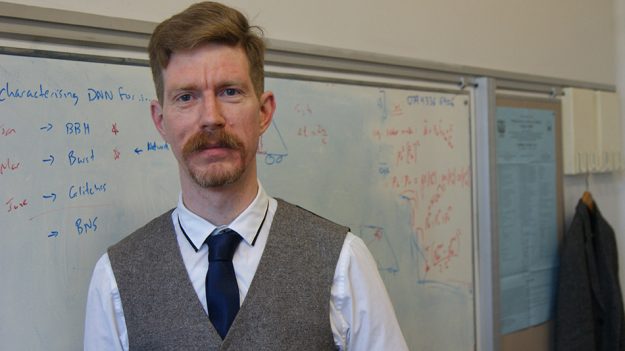
Sharply dressed and a lover of karaoke nights, Professor Patrick Sutton is clearly a man who knows how to have fun. It is evident in everything he talks about, especially physics.
Patrick is the leader of the Gravitational Physics Research Group, at the School of Physics and Astronomy, here in Cardiff. I went to speak to him to find out more about the rapidly developing world of Gravitational Waves, what Cardiff contributes and about what led him to call Cardiff home.
Patrick’s office was similar to the offices of many physicists I have visited. One wall was dominated by a large whiteboard, strewn with equations and diagrams. The opposite housed crowded bookshelves and some office essentials, projector, printer and of course a microwave.
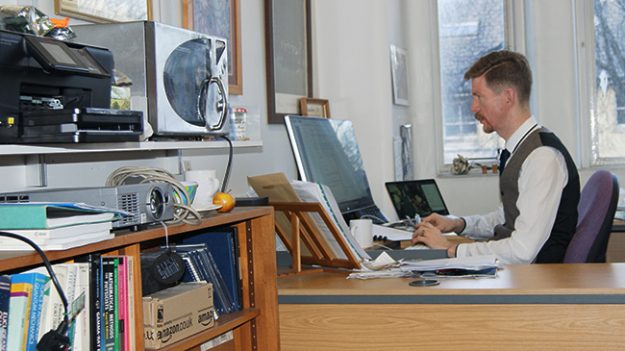
Dressed well in a waistcoat and tie, it would have been impossible to tell he had been out enjoying karaoke the night before if he hadn’t told me, “My favourite activity is going out on karaoke nights actually, I can’t dance and I’m a terrible singer, probably the worst one at Porters last night but it’s a lot of fun.”
Patrick’s Career
Canadian born and raised Patrick had had an interest in scientific topics from a young age. From dinosaurs and planets at primary school through to physics in high school “the path was always pretty clear” to becoming a scientist. A few years down the line he studied for a PhD in quantum field theories at the University of Alberta, graduating in 2000.
“At the end of my PhD my supervisor sat me down and gave me the facts of life about the prospects of getting a long term job in that area of research.” With his envisioned career path now looking less than clear he began to search for an alternate area of study.
In the early 2000s, the field of Gravitational Waves was experiencing a growth spurt, “[Gravitational Waves] seemed interesting enough. Also I got a post doctoral fellowship that I could take where I wanted so I took it down to the US, to Pen State University, joined the LIGO group there and never looked back.”
LIGO is a pair of Gravitational Wave detectors based in the US but worked on by an international collaboration of over 1000 scientists. After seven years of working in the US Patrick took a job in Cardiff and has been doing his research here ever since.
Gravitational Waves
Then as now Gravitational Waves are a hot topic, there are regular news stories about them and some scientists in the field recently received the Nobel Prize. Having one of the leading scientists currently working on them in a room seemed an excellent opportunity to find out more about what they actually are, “We describe them as ripples in the fabric of space time. That might sound a bit romantic, dramatic or something but that is essentially what they are.”
Gravity is not a force which reaches out across space to pull objects together, but rather a curvature of space time itself. The larger the object, the more it curves space time, and the larger the gravitational pull it has. “A massive object like the sun actually warps the space around it and another object like the earth will orbit the sun not because the sun pulls on it but because we are moving through a space that has been curved by the suns mass, so that’s gravity.”
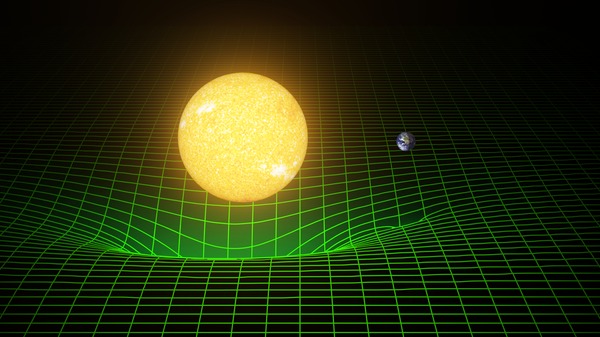
“Then gravitational waves come in,” continued Patrick, “when you have two heavy objects orbiting each other or colliding or exploding or doing something very dramatic.” The disturbances they cause in space time propagate out, like ripples on a pond. By analysing these vibrations with the right equipment a lot can be learned about the objects that created them.
One of the things that makes Gravitational Waves such an interesting field to study is that they are a “new way to do astronomy”. Traditionally telescopes that use visible, radio, gamma and other wavelengths of light are used, “The sort of objects we can see in gravitational waves are very different from what we see with traditional telescopes, it’s a complementary view of the sky.”
.embed-container { position: relative; padding-bottom: 56.25%; height: 0; overflow: hidden; max-width: 100%; } .embed-container iframe, .embed-container object, .embed-container embed { position: absolute; top: 0; left: 0; width: 100%; height: 100%; }
Cardiff’s Role
Cardiff University’s research group is currently made up of 25 scientists, “Our specialty historically has been in looking at the data from the detectors, extracting these gravitational waves signals, studying and interpreting them, and in modelling the black holes that produce most of these signals that we’ve detected.” Because of this, the day to day work of the group involves a lot of sitting at a computer. The group has a long history and was one of the founding members of the LIGO project.
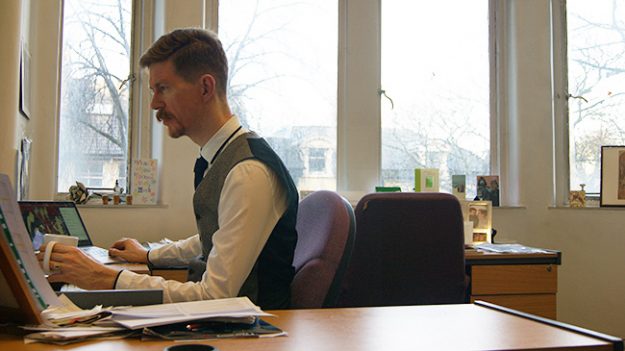
“The school of physics and astronomy is a great place to work,” said Patrick, “It’s nice to have…the astronomers here that we can talk to, obviously there is overlap between our research and theirs.”
“There are a lot of aspects of the university that make it a really nice place to work, and frankly I really like living in Cardiff it is a nice city, friendly and not too expensive, the weather leaves a little to be desired but I knew that before coming here.”
Hopes for the Future
The current LIGO detectors began their operations in 2015, it was the start of a cycle that would see gradual increases in sensitivity. Patrick and others didn’t expect to start seeing results straight away, however almost immediately signals started coming in.
Last August the collision of two neutron stars was detected, “These were sort of holy grails for us for the last 15 to 20 years, everybody in the field has been working towards these, now we are starting to see these it has been really wonderful.”
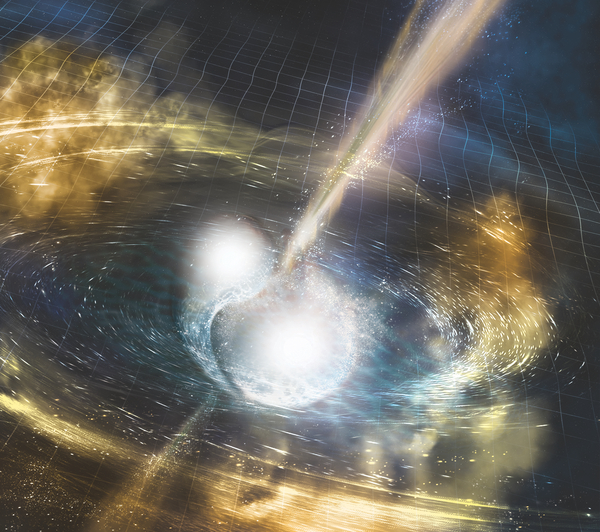
With this rapid success in mind I was keen to find out what else might be on Patrick’s astronomical wish list, “If I could pick another gravitational wave signal, it would actually be the core collapse super nova. When massive stars get to the end of their lives the cores collapse to form neutron stars, the outer layers of the stars are blown off in a massive explosion. Its where a lot of the matter, a lot of the elements we are made of, come from.”
Despite all of the recent discoveries it is nowhere near the end of the road of Gravitational Wave physics. There are already plans and discussions about how the next 10 to 15 years will play out and what the next generation of detectors will look like, “We would really be able to see, for example, every black hole merger in the universe with the next generation of detectors.”
